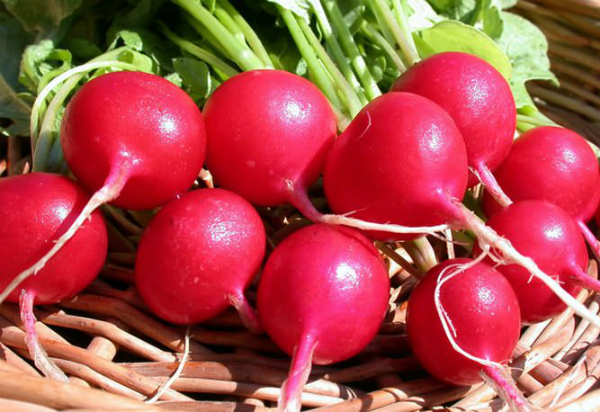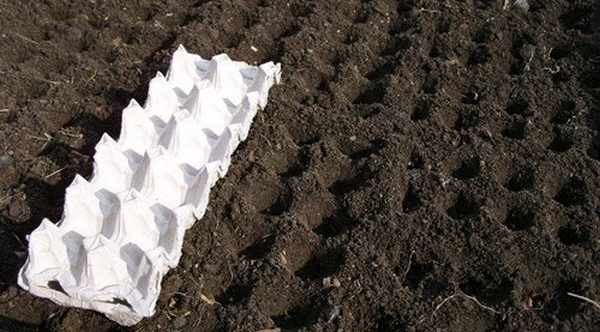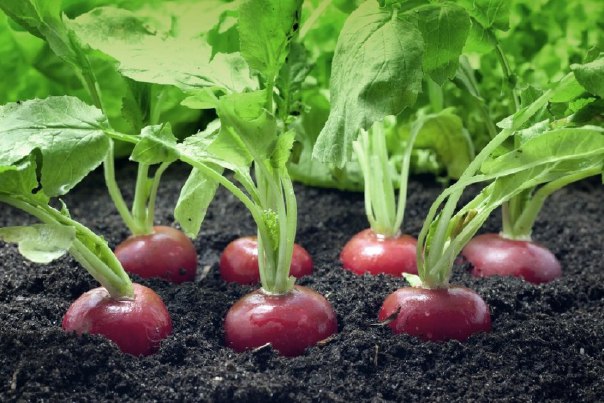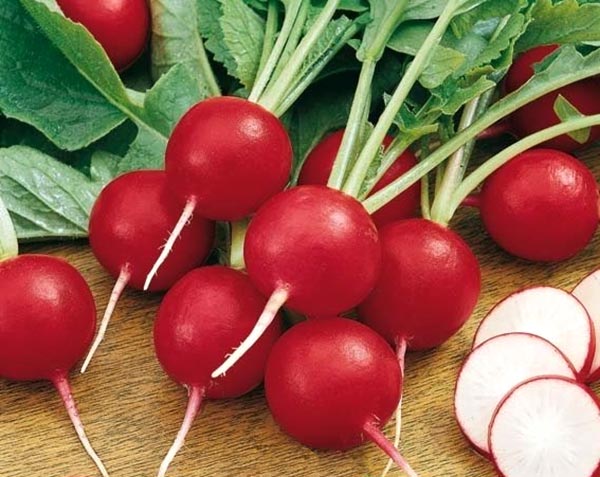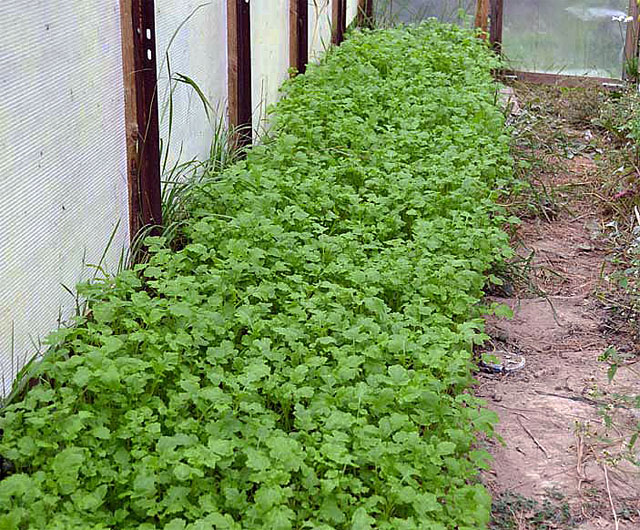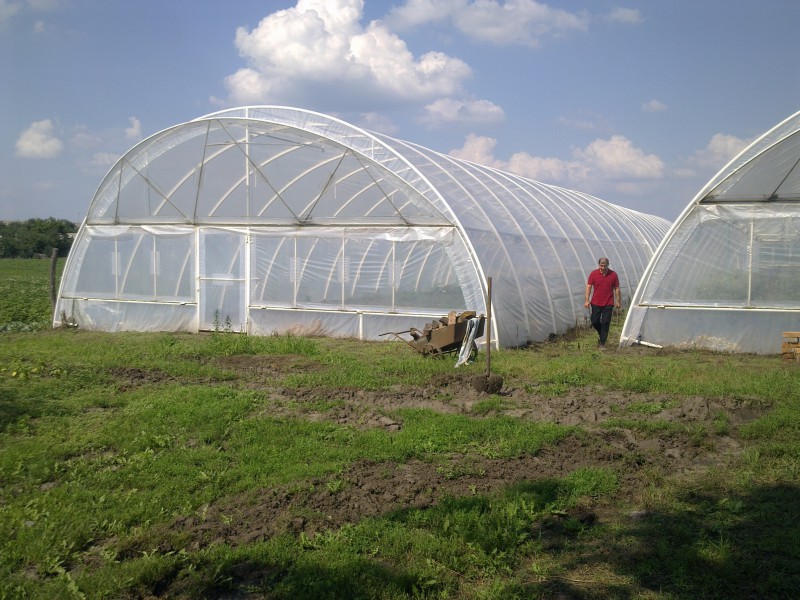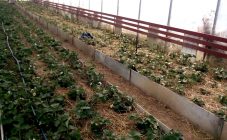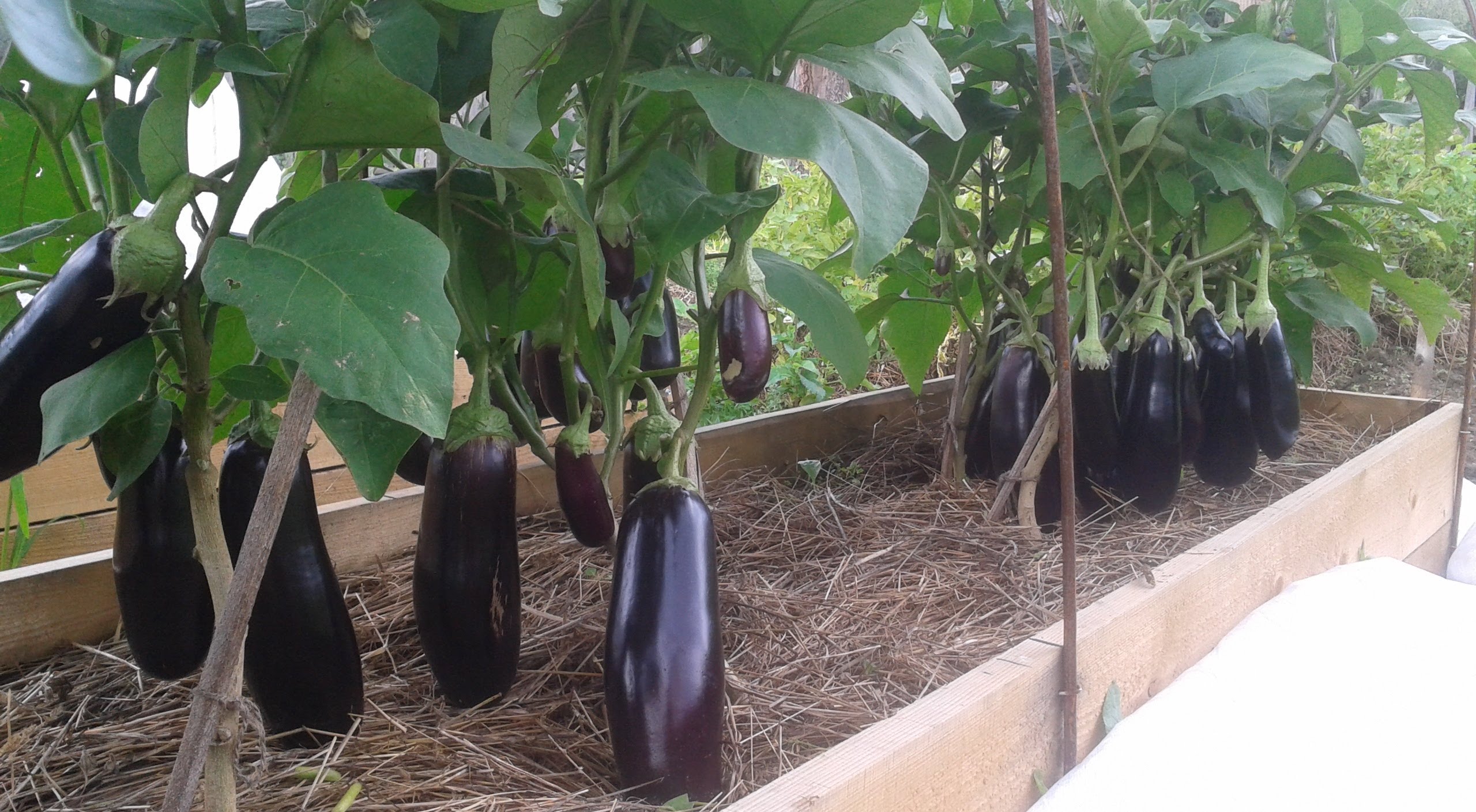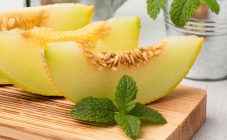Content:
In terms of its useful and taste qualities, radish grown in a greenhouse is not inferior to vegetables from open ground. A cold-resistant crop allows you to get the first harvest of useful products in the very early spring.
Radish belongs to the Cruciferous family and grows in annual and biennial crops. For growing indoors, European varieties of vegetables are suitable, which form small roots, weighing 10-20 g. Radishes can have a rounded or elongated shape and different ripening periods. For planting in a greenhouse in which heating is not arranged, an early variety is chosen, intended for growing in greenhouses. Greenhouse and greenhouse radish varieties are more resistant to stemming and shading.
Growing conditions
Radish is not whimsical and one of the fastest growing crops. In order to learn how to plant radishes in a greenhouse, and grow it safely in the Moscow region, Leningrad region or the Urals, you should know the peculiarities of the agricultural technology of this culture.
Cold-resistant radishes can sprout at + 3 ° C. In a greenhouse, it can withstand a temporary drop in temperature to -1 ° C. But for the beginning of development, he needs a daytime temperature of + 10 + 12 ° С, and for the formation of root crops - + 18 ° С. At lower temperatures, radishes will develop more slowly.
Culture is demanding on lighting. In greenhouses, when sowing at an early date, especially in prolonged cloudy weather, the plants can stretch out. Root crops in this case are formed small. Therefore, for growing a culture, additional illumination with special lamps may be needed. Under conditions of shade and with a thickened planting, the green part of the plant will grow, and root crops may not form. For radishes, thinning or planting using markings is mandatory, one seed per hole.
The soil for growing radishes in the greenhouse should always be kept moist. With a lack of moisture, root crops become coarse, lose their taste, and remain small. Subsequent watering will not be able to replenish the lost product qualities. Air humidity is also important for the growth of the culture - when dry air predominates, vegetables lose their taste, become flabby, porous.
Radish will grow well on loose soils with low acidity, sandy loam and loam. Unfertile, heavy or sandy soils are not suitable for the crop. For rapid growth and formation of root crops, a high content of organic matter in the soil is required, its ability to pass water well.
Radishes should not be planted in the same soil every year. The soil should be changed to avoid the accumulation of diseases. Good radishes grow after cucumbers and tomatoes, but not after cabbage. The culture does not tolerate the neighborhood with tomatoes, so they are not used in joint plantings.
Seed preparation
Radish seeds are light brown in color, have a rounded shape. To select the best specimens for planting, they are manually calibrated. When processing a large number of seeds, the planting material is sieved through a coarse mesh sieve. For planting, choose only large, full-weight seeds.When choosing seed material, it is important to pay attention to its shelf life. Old seeds yield poor harvests.
For radish seeds, it is productive to soak them in a natural, nutritious infusion of ash. Such an infusion is prepared from 2 tbsp. l. ash and 1 liter of water, left for two days. The seeds are kept in ash infusion for 12 hours. The solution saturates the seeds with microelements and accelerates their germination.
To accelerate the emergence of seedlings, radish seeds are pre-germinated. To do this, they are kept in a layer of damp cloth in a warm place. After the small sprouts appear, the seeds are ready for sowing in the ground. Germinating seeds gives an idea of their germination.
Greenhouse preparation
For growing radishes, an unheated version of a greenhouse is suitable, a reliable design that accumulates heat from the spring sun and thus allows you to heat your space. Designs that use a polycarbonate sheet may be suitable. The sheet cassette is 40x40 cm in size. A light greenhouse in which the film serves as a covering material is also suitable.
The preparation of the soil for planting radishes in the greenhouse is carried out in the fall. After the harvest of the current year, all plant residues are removed from the greenhouse, and the soil layer is renewed. Fertilize, loosen. If radishes are grown in separate containers, then the soil for them should also be prepared in the fall.
In the spring, after warming up the soil a few centimeters, the soil is loosened with a flat cutter, leveled with a rake. Dry soil is spilled with warm water over the entire area, waterlogged soil is dried.
High temperatures, over + 35 ° C, are not suitable for growing radishes in greenhouses.
In the greenhouse, radishes are usually planted not as the main crop, but more often as a row-spacing compactor. An early crop is also sown in a separate area or along the edge of the ridge. When planting, you should also focus on which plants will be transplanted into the greenhouse next, in order to avoid shading the radishes.
Sowing seeds
Mid-spring is the time when radishes are planted in polycarbonate greenhouses. The harvest will ripen by mid-May. But Krasnodar Territory and Siberia differ in landing time. Focusing on the lunar calendar for different regions, the planting of seeds of early varieties of vegetables here is the months of March-April. Planting time also depends on the warming up of the soil and what the winter was like. Radish sprouts most favorably at + 20 ° C. When the sprouts emerge, but before the first true leaves appear, the temperature is reduced to + 8 ° C so that the plants do not stretch too much. After the appearance of true leaves, the temperature is raised to + 18 ° С during the day, + 15 ° С - at night.
For planting, shallow grooves or holes are outlined. Furrows are well spilled with water before planting. Sprouted seeds should be sown with great care to avoid breaking the small shoot. In the furrow, the seeds are laid out with a distance of 5 cm. This method will not require further thinning of the seedlings. A distance of 20 cm is made between the furrows. Such a distance must be left so that the radish has a sufficient feeding area.
Seed planting scheme:
- Planting can be done with dry seeds. There is no need to sprinkle ash before planting in the holes.
- From the place where the main crops will be planted, the seeds should be planted at a distance of 10-15 cm.
- After planting, the holes are covered with an air nutrient soil no more than 1.5 cm and slightly pressed.
- The planting can be watered with a microbiological agent diluted in water against fungal and bacterial diseases.
Features of spring planting
Radish is a culture of long daylight hours, in its biological cycle it ends growth with flowering and seed formation. Root crops appear in conditions of short daylight hours, which is ensured by early sowing and low air temperatures. Radish grows well during this period until June.Greenhouse early sowing is well suited for growing crops. You can make several plantings of seeds at intervals of 2 weeks and get 2-3 harvests per year.
Radish in a greenhouse in spring without heating is safely grown in the Urals, in Tyumen, adhering to the general recommendations for growing crops. Sowing begins in mid-April. Landings are additionally covered with foil. When shoots appear, the shelter must be removed immediately and the temperature in the greenhouse must be reduced until the first true leaves appear.
In the northern regions, a warm high bed will be a good way to get high yields of greenhouse vegetables. Such a bed has been prepared from the previous season. The biological way of keeping warm inside the ridge is achieved by placing various organic residues between the soil layers: cut grass, rotted manure. Plant-derived materials must be healthy. Residues from infected plants are not used. The process of rotting organic matter inside the soil provides not only heating, but also enrichment with nutritious and useful microelements.
When the plants are pulled out, the earth around the seedling is poured. A column not covered by the ground, which is below the cotyledonous leaves, does not form a root crop, and the seedlings lodge. The cotyledonous knee should be no higher than 4 cm above the ground.
Thickened plantings are not allowed, thinning should be carried out on time.
When using additional illumination of plants with lamps, they should be turned off in time, forming optimal light illumination in the region of 11-14 hours during the day. Under constant light, the plant does not form a root crop, but goes into color.
At high humidity in the greenhouse, seedlings can be struck by a black leg - a fungal disease of the root system. Therefore, the culture requires constant ventilation. To grow a high quality crop, the soil must be constantly moist. The optimum humidity is about 70%. You can check the correct watering of the soil by squeezing a handful of soil in your hand. When compressed, the earth should be well compressed, and when uncompressed, it should crack.
The fragrant root crop belongs to unpretentious crops, but requires compliance with certain growing conditions. Planting and caring for radishes in a greenhouse can be easily carried out in regions with different climates. When grown properly, radish pulp is juicy, crunchy, without voids.
Culture care
When growing radishes, drying out of the soil, coarsening of its upper layer is not allowed. Plants should be watered with warm water, temperature + 20 + 25 ° С. At the beginning of growth, watering is carried out frequently, with the emergence of seedlings, the intervals between waterings increase, as does the volume of water used. From uneven watering, root crops crack and lose their juiciness. The soil can be moistened by spraying.
After watering, the soil must be loosened, if necessary, weeds are removed, the greenhouse is ventilated. In warm weather, ventilation is increased, and when high temperatures are established, the greenhouse is not closed at all or the windows are left open.
Radish is responsive to fertilizers. The plant is fed in moderation. Complex mineral fertilizers are what you can use to feed radishes after germination in greenhouses. For early varieties, the presence of phosphorus and potassium is important. Re-feeding is carried out, focusing on the appearance of the plant. When the color of the leaves has become pale green, the plant does not add growth, then it is necessary to feed the radish with organic fertilizers in liquid form, for example, slurry or ash solution.
Spinach planted next to radishes helps prevent root damage caused by pests.
The early ripening varieties, which are optimal for growing in greenhouses, mature in 20 days. Radishes can be picked selectively. It is not worth delaying with the general collection beyond the established deadlines related to a particular variety. Root crops that have sat in the soil lose their taste and juiciness, and become fibrous.
For better storage of the harvested crop in the evening it is watered. And the next day in the morning, when it is still cool, the radishes are completely harvested. Root crops not watered the day before harvesting lie poorly and dry out quickly. The tops of the harvested vegetables are cut off, leaving a stump and roots. Cut roots are dried a little in the shade. The radishes are stored in the lower compartment of the refrigerator, in an unsealed bag, for up to one week.
Radishes can be a moody crop. Some gardeners, no matter how much they grow, have no harvest, while others have nowhere to put it. But by studying the techniques of agricultural agricultural technology, gardeners can learn something new for themselves and also enjoy the first vitamin vegetables.
